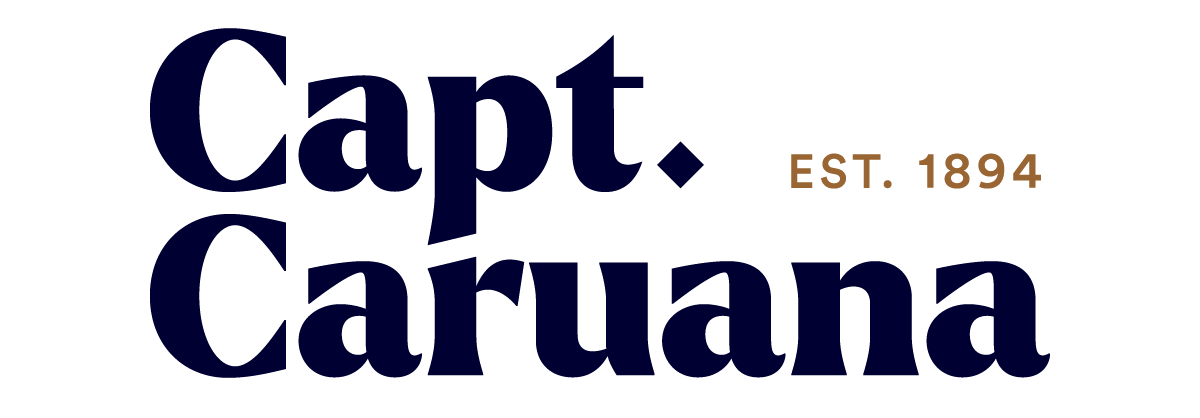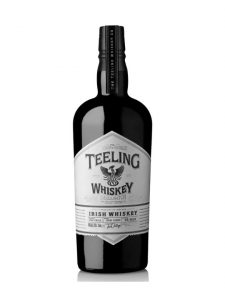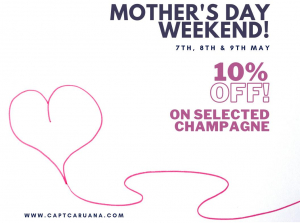Two heavyweight Bordeaux châteaux – Cheval Blanc and Ausone have quit St. Emilion classification system. Châteaux Cheval Blanc and Ausone have questioned the judging criteria for the classification’s renewal in 2022, as St-Emilion’s wine council expressed ‘regret’ at the two famous estates’ decision to withdraw but also defended the process. Thus the two oldest St-Emilion Premier Grand Cru Classé ‘A’ estates of St. Emilion, have decided to opt out of the Classification System of 1955, and have not submitted the application for the 10-yearly evaluation in 2022.
When the classification system was created in 1955, a century after the Left Bank’s 1855 classification was first drawn up, Ausone and Cheval Blanc were the only two estates awarded the top honour of grand cru classé ‘A’ status.
Experts feel that neither will the Classification system be affected much by this decision nor do they expect any long-term impact on the pricing of Ausone and Cheval Blanc’s existing or future wines. The brand reputation and wine quality of both estates is well established, meaning demand for these two Saint Émilion legends should remain just as strong even without the Classé A badge. But the judging criteria for the Classification might need a re-think in future. The departure of the system’s top two châteaux threatens to undermine the credibility of the classification and may put the 2022 classification in jeopardy.
The châteaux have been praised for standing up for ancestral values in a world now dominated by superficial social media posts. Critics, however, have suggested that the move was spurred on by the prospect that a number of new estates may be elevated to ‘A’ status next year. Château Angélus and Château Pavie were promoted to Premier Grand Cru Classé ‘A’ in the 2012 ranking, a tier previously only home to Ausone and Cheval Blanc. This promotion had apparently annoyed the two estates.
“It’s just that we don’t see ourselves in the criteria,” said Château Ausone’s Pauline Vauthier to the French Terre de Vins publication. “The evaluation was getting too far removed from what seemed fundamental to us – the terroir, wine, history,” Pierre Lurton, director of Cheval Blanc, told The English Times.
Unhappy with the recent moves by the Classification system, these original top Estates have decided to walk out of the System before the review takes place in 2022. Both Estates have taken the decision based on their own analysis, independent of each other even as some critics feel that a few more Chateaux may be in line for promotion to the top classification of Class A. The renowned estates were reconfirmed as St-Emilion Premier Grand Cru Classé ‘A’ in the 2012 classification.
These chateaux have cited a significant change in the philosophy of the classification, especially regarding new criteria in the previous re-evaluation of the classification in 2012. These criteria laid emphasis on the media presence, including Press Releases and social media and the wine tourism infrastructure developed. According to Pierre Lurton, director of Cheval Blanc the evaluation was getting too far removed from what seemed fundamental to them- the terroir, its wine and history.
They feel that much less importance is given to terroir and viticulture as the criteria to judge a wine. The system has lost sight of the notion of identity and typicity, thus downgrading the culture of wine, ageing potential over several decades and knowledge of the appellation. They feel it is not enough to decide about an estate after tasting only for the last 15 vintages. The Classification system has announced that for the premier Grand Cru Classé level in 2022, half of the final grade of an Estate will come from a blind tasting of the last 15 vintages. Tasting notes constituted only 30% of the grade in the 2012 classification.
In a 12 July letter also sent to Bordeaux négoçiant houses and courtiers, Château Cheval Blanc’s director, Pierre Lurton, technical director Pierre-Olivier Clouet and commercial director Arnaud de Laforcade explained their decision.
‘In 2012 (the last classification re-evaluation), we noticed a profound change in the philosophy of the classification, especially regarding new criteria that amount to “marketing drift”, such as the importance of product placement, how often an estate appears in media, including PR and in social media, along with wine tourism infrastructure,’ they wrote. Amounting to only 15% of the final grade, far too little importance is given to terroir and viticulture in criteria to judge a wine, the Cheval Blanc representatives added.
Château Ausone’s co-owner, Pauline Vauthier, stressed that her family’s choice to leave the St-Emilion classification wasn’t made ‘in concert’ with Château Cheval Blanc, but echoes the same reasoning. ‘We had been mulling over our decision for a long time, and finally decided to opt out (of the classification),’ she said. ‘Marketing and wine tourism are very nice things, but the measure of great wine comes down to terroir, viticulture and time.’ She said that a 10-year re-evaluation period based on verticals of 15 years is ‘too short’ to properly judge a wine’s capacity to age. ‘It was not an easy decision, but we continue to wholeheartedly support the St-Emilion and St-Emilion Grand Cru appellations,’ she added.
Franck Binard, St-Emilion Wine Council director, defended the evaluation process as guided by France’s national appellation body, INAO, and said it would be managed by a ‘prominent wine expert’. Replying to criticism of not emphasising terroir enough, Binard said St-Emilion is a ‘mosaic of terroirs’ and that ‘it would be very difficult to make a hierarchy of the different types of terroirs, many of which can make great wines’. Several sources within Bordeaux have apparently criticised a job advertisement seen earlier this year, seeking tasters for this important ranking assessment. As for public job ads for tasters, Binard said that they were placed in a spirit of transparency so that no accusations of favouritism could be levelled against the system.
Saint Emilion, on the right-bank of Bordeaux, started the classification system in 1955 with Premier Grand Cru Classé A, Premier Grand Cru Classé B, Grand Cru Classé and the Grand Cru based on the quality of the wines, Terroir and the celebrated status of the winery. Unlike the Bordeaux 1855 classification, there is a system of review by expert panels every ten years and a few changes take place. The local system of classification is supposed to be dynamic and ratings change every 10 years based on criteria laid down and known to the producers. There have been constant arguments between châteaux at the top of the classification and those who fail to make the top grade. The difference in prices can be 20, 40 times or even more at the two ends of the spectrum, and is the main reason for all the bickering and arguments.
Ausone and Cheval Blanc’s withdrawal could improve the likelihood of a promotion for other estates in next year’s reclassification, which would in turn boost prices of their wines. Although Grand Cru Classé A status is not a ‘one in, one out’ system, some producers already had a very good chance of earning a promotion next year and now there may be added motivation to reward those estates that have taken big steps forward to reassert the appeal of the rankings. Château Figeac forms a particularly strong candidate for an upgrade after recently completing a major state-of-the-art upgrade of its winery and cellar. Château Canon and Château Troplong Mondot are among other possibilities.
An upgrade would certainly lead to higher prices as was the case when Château Angelus and Château Pavie attained Classé A status in 2012. Angelus’s price practically doubled for the 2012 vintage while Château Pavie’s EP price rose by 66% from 2011 to 2012. Back vintages of the two wines also saw price appreciation at the time of the upgrade.
St-Emilion’s 2012 classification was the sixth revision of the ranking since its launch in 1955. The current 2012 list ranks 64 estates as St-Emilion Grand Cru Classé, with 14 as St-Emilion Premier Grand Cru Classé and Ausone, Cheval Blanc, Angélus and Pavie classified into ‘A’ status. Châteaux Beau-Séjour Bécot, Beauséjour Duffau-Lagarrosse, Bélair-Monange, Canon, Canon-La-Gaffelière, Figeac, La Gaffelière, La Mondotte, Larcis-Ducasse, Pavie-Macquin, Troplong-Mondot, Trottevieille, Valandraud and Clos Fourtet. Four estates got the Premier Grand Cru Classé ‘A’ rating in 2012 : Angélus, Ausone, Cheval Blanc and Pavie.
References :
https://www.decanter.com/wine-news/cheval-blanc-and-ausone-to-leave-st-emilion-classification-461827/
https://www.thetimes.co.uk/article/saint-emilions-image-has-turned-sour-for-us-complain-top-chateaux-vmgbf87rp
https://vins-saint-emilion.com/en/saint-emilion-wine-classification/
https://www.thedrinksbusiness.com/2021/07/cheval-blanc-and-ausone-quit-st-emilion-classification-system/
https://www.indianwineacademy.com/item_5_887.aspx
https://www.wineinvestment.com/wine-blog/2021/07/saint-emilion-classification-shakeup-what-this-means-for-the-market/




